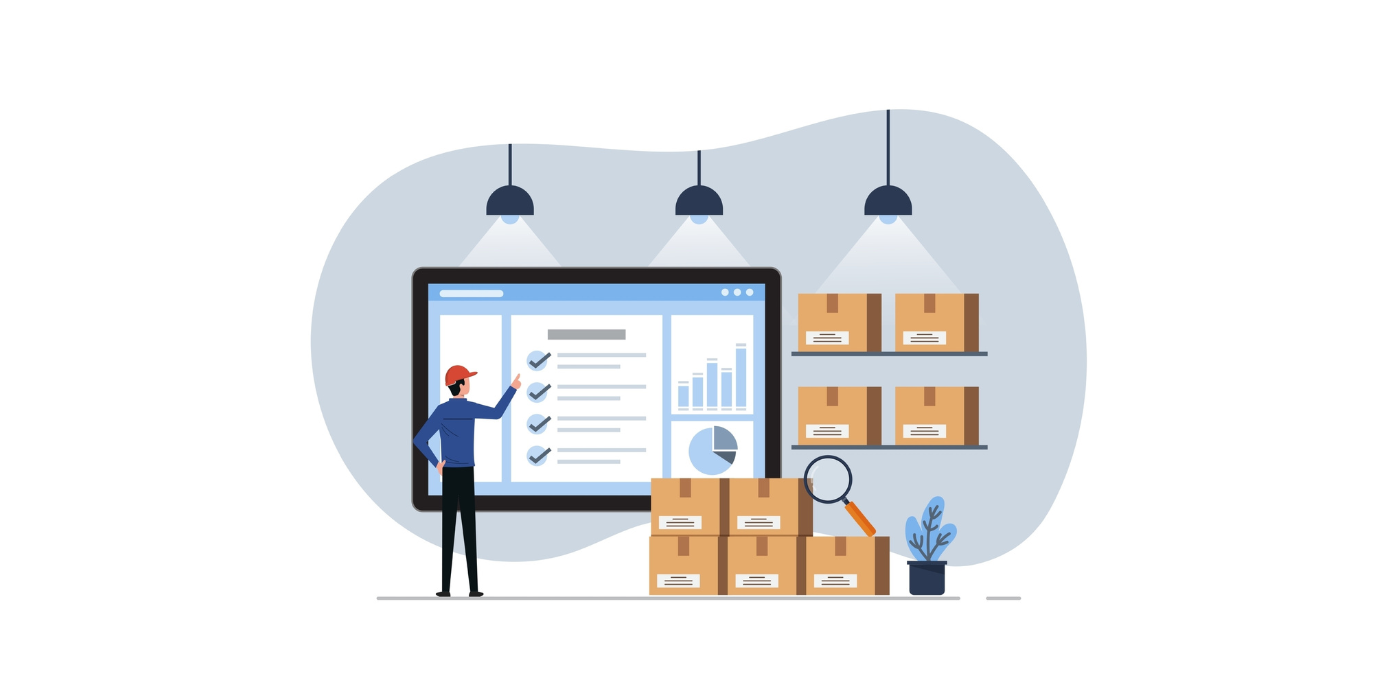Inventory and Stock Management Strategies for Healthcare Providers

Effective inventory and stock management are critical for healthcare providers, ensuring that they have the right products available at the right time. In healthcare settings, where patient care and safety are of utmost importance, managing medical supplies, medications, and equipment is a complex but vital task. Poor inventory management can result in stockouts, overstocking, or the expiration of products, leading to disruptions in care, financial losses, and even legal issues. To maintain operational efficiency and reduce costs, healthcare providers need to adopt robust inventory management strategies.
The Importance of Inventory and Stock Management in Healthcare
Healthcare providers rely on a vast range of medical supplies, pharmaceuticals, and equipment to deliver quality care. From surgical instruments to personal protective equipment (PPE) and essential medications, managing this diverse inventory requires accuracy, efficiency, and transparency. Inventory management solutions designed specifically for healthcare can help organizations keep track of their stock, reduce waste, optimize supply chain processes, and ensure compliance with industry regulations.
Proper stock management allows healthcare providers to avoid critical shortages that could delay or prevent treatment. Furthermore, managing inventory effectively helps in cost control by ensuring that overstocking does not tie up funds in unnecessary products and that expired goods are identified and removed from circulation. A well-maintained inventory system also aids in regulatory compliance, ensuring that healthcare providers adhere to legal requirements concerning the storage, distribution, and disposal of medical goods.
Key Strategies for Effective Inventory and Stock Management
- Implement Real-Time Tracking
One of the most effective ways to manage healthcare inventory is by using real-time tracking technology. Barcoding, RFID (Radio Frequency Identification), and barcode scanning technologies enable healthcare providers to track inventory levels and movements in real time. This can help ensure accurate stock counts, prevent loss, and minimize human errors that occur during manual stock-taking.
Real-time tracking also provides visibility into stock usage patterns, allowing healthcare providers to monitor how products are consumed across various departments. This data can be used for predictive inventory management, ensuring that critical items are always in stock without overstocking, which can result in wastage due to expiration.
- Adopt Automated Replenishment Systems
Healthcare providers face fluctuating demand for medical supplies and medications. Automated replenishment systems help streamline stock ordering by automatically placing orders for restocking once inventory levels reach predefined thresholds. This system helps prevent stockouts and overstocking by triggering orders when necessary, based on real-time usage and demand forecasts.
With automated replenishment, healthcare organizations can also optimize their purchasing decisions, ensuring they buy in quantities that meet demand without excess. This automation reduces the manual effort involved in stock ordering and helps staff focus on other critical areas of care.
- Use First-In, First-Out (FIFO) Method
Managing the expiration of perishable medical supplies and medications is crucial in healthcare settings. Many medical products have a limited shelf life, making it essential to track their expiration dates to prevent waste and ensure patient safety. The FIFO method ensures that the oldest stock is used first, which minimizes the risk of expired items being administered to patients.
Healthcare inventory management software can automate this process by tracking expiration dates for each product batch and ensuring that items are used in the proper order. The FIFO method not only reduces waste but also helps healthcare providers comply with regulatory guidelines for product rotation.
- Maintain Centralized Inventory Management
In large healthcare organizations with multiple departments, clinics, or facilities, a centralized inventory management system ensures that all stakeholders have access to up-to-date stock information. Centralized systems provide real-time visibility into inventory levels across various locations, making it easier for healthcare providers to allocate and transfer stock as needed.
This approach prevents individual departments from overstocking items that other areas may need. Centralized systems also streamline the ordering process, making it more efficient and reducing the risk of duplication or mismanagement.
- Optimize Stock Levels Based on Data Analytics
Data analytics play a key role in optimizing inventory management. Healthcare providers can use historical data and predictive analytics to better forecast future demand for specific products, helping to plan inventory more accurately. For example, seasonal trends in illness or planned surgeries can increase demand for certain medications or supplies. By analyzing this data, healthcare providers can optimize stock levels, ensuring that they have enough of high-demand products without carrying excess inventory.
Furthermore, data-driven insights help healthcare providers identify slow-moving items or products with lower turnover rates, allowing them to adjust their purchasing practices to avoid unnecessary costs. Analytics also help track inventory patterns at a granular level, ensuring that stock levels are appropriately maintained.
- Implement Multi-Location Inventory Management
Many healthcare organizations operate across multiple locations, such as hospitals, outpatient clinics, pharmacies, and medical facilities. Managing inventory across several locations requires careful coordination to ensure that supplies are evenly distributed, and critical stock is available at all times.
Multi-location inventory management software allows healthcare providers to track and manage inventory across various sites from a centralized platform. This provides visibility into stock availability and usage at each location, making it easier to allocate and transfer items based on real-time demand. Multi-location management reduces the need for excess inventory at each location and helps prevent costly stockouts.
- Conduct Regular Stock Audits
Stock audits are an essential part of inventory management, helping to verify the accuracy of stock levels and ensuring that discrepancies are identified and corrected. Regular audits help reduce theft, damage, or loss of medical products. Healthcare providers should conduct periodic audits to verify that their inventory management system reflects actual stock levels.
Audits also provide an opportunity to check for expired products or items that are no longer needed, allowing for better control over inventory costs. Depending on the size of the healthcare provider, audits can be scheduled monthly, quarterly, or annually.
Benefits of Effective Inventory and Stock Management for Healthcare Providers
- Improved Patient Care
Ensuring that medical supplies and medications are readily available at all times is essential for providing timely patient care. Effective inventory management reduces the risk of shortages or delays in treatment, helping healthcare providers meet patient needs quickly and efficiently.
- Cost Savings
Proper inventory control helps healthcare organizations avoid overstocking and minimize waste due to expired products. By optimizing stock levels, healthcare providers can significantly reduce unnecessary inventory holding costs and avoid unnecessary purchasing.
- Regulatory Compliance
Healthcare providers are required to adhere to strict regulations regarding the storage, handling, and distribution of medical products. Inventory management systems that track expiration dates, batch numbers, and product safety ensure compliance with industry regulations, reducing the risk of costly fines and penalties.
- Enhanced Operational Efficiency
Automating inventory processes and improving visibility into stock levels across locations enhances operational efficiency. Healthcare staff can spend less time manually checking inventory, and more time focusing on patient care and other essential duties.
Conclusion
Effective inventory and stock management are essential for healthcare providers to maintain high standards of patient care, reduce operational costs, and ensure compliance with industry regulations. By implementing real-time tracking, automated replenishment, FIFO methods, and multi-location management strategies, healthcare organizations can optimize their inventory processes and enhance operational efficiency. With the help of tailored inventory solutions, healthcare providers can ensure that their supply chains run smoothly and that they are always prepared to meet patient demands.






